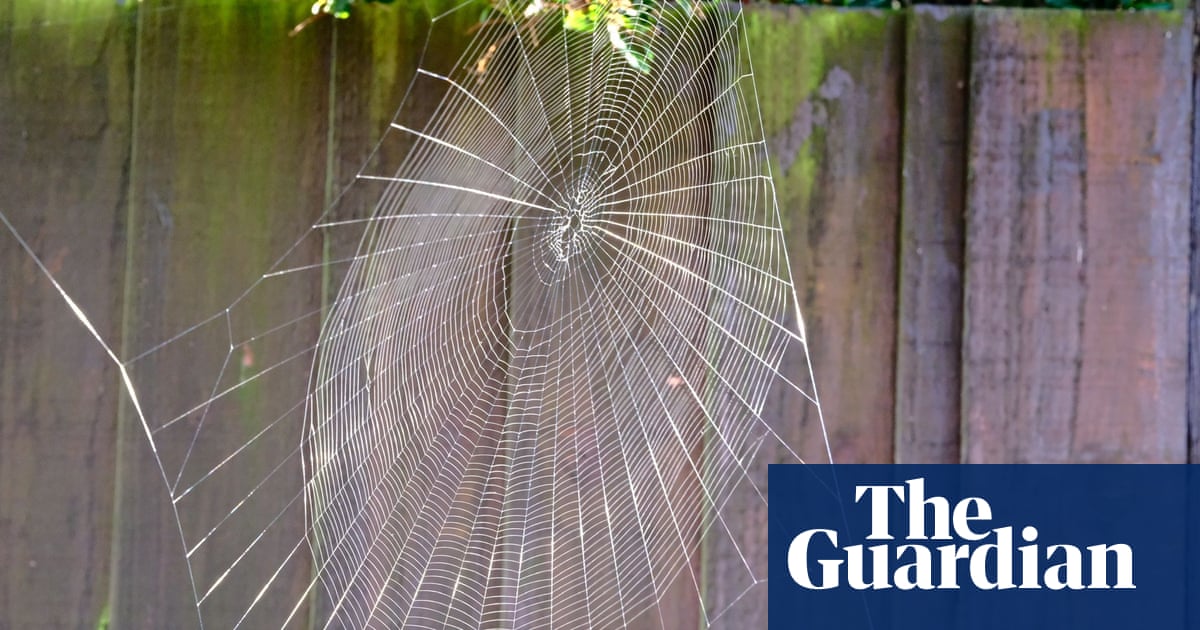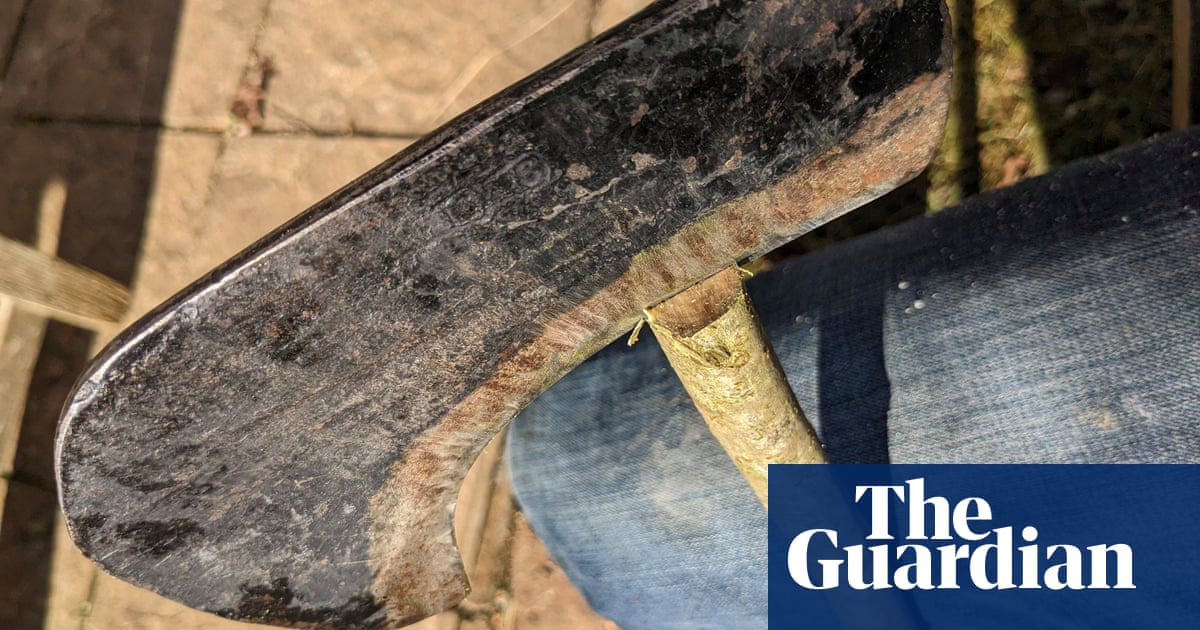
t was poised for a few slow seconds, in a high flutter over a meadow that was running with rodents. Then the kestrel began to descend its sky ladder. Hang, drop, hang, drop, until it steadied on the last invisible rung, five or six metres above warm fur and busy whiskers.
Though its beating wings were things of beauty, flecked feathers quivering in a fuzzy blur, I was drawn to the kestrel’s talkative feet. Down came its undercarriage, held at a 45-degree angle to its body, lowered a little more. Up went its legs, back into its feathers, then down again, making micro-adjustments of intent. Its talons were fixed in a clenched fist. Was it stabilising against a crosswind or preparing to pounce?
What a kestrel can discern in tussocky grass lies beyond human capabilities. Those eyes are able to spot the ultraviolet in a vole’s urine. Even though the tiny animals may be partially or almost completely cloaked in vegetation, their congenital incontinence causes them to dribble out a telltale trail of lurid wee.
Had the glowing trail gone cold? The kestrel’s fanned tail shut, its shoulder slipped. Then, with a plunge and a glide, it grazed its wingtip over the ground and swept up on to a fence post at the last second. There it huddled for a full minute of compact falcon inscrutability, perhaps resting, perhaps frustrated, undoubtedly contemplating its next move.
When it lifted off, the kestrel streaked low, this time flopping down in the tilled soil of the next field. Here it mantled, wings raised umbrella-like over who knows what, but only for an instant before it was running – yes, running – over the bare ground.
Its stiff-legged sprint took it 10 metres, a chase for a quarry, or phantom quarry, that came to naught. The bird stopped and looked around. I imagined it perplexed. A hunt that had begun with lofty ambitions had been brought scrabbling down to earth. Once more, the kestrel made for a fence post to consider its options. Time to rise, mount the ladder, try again?












